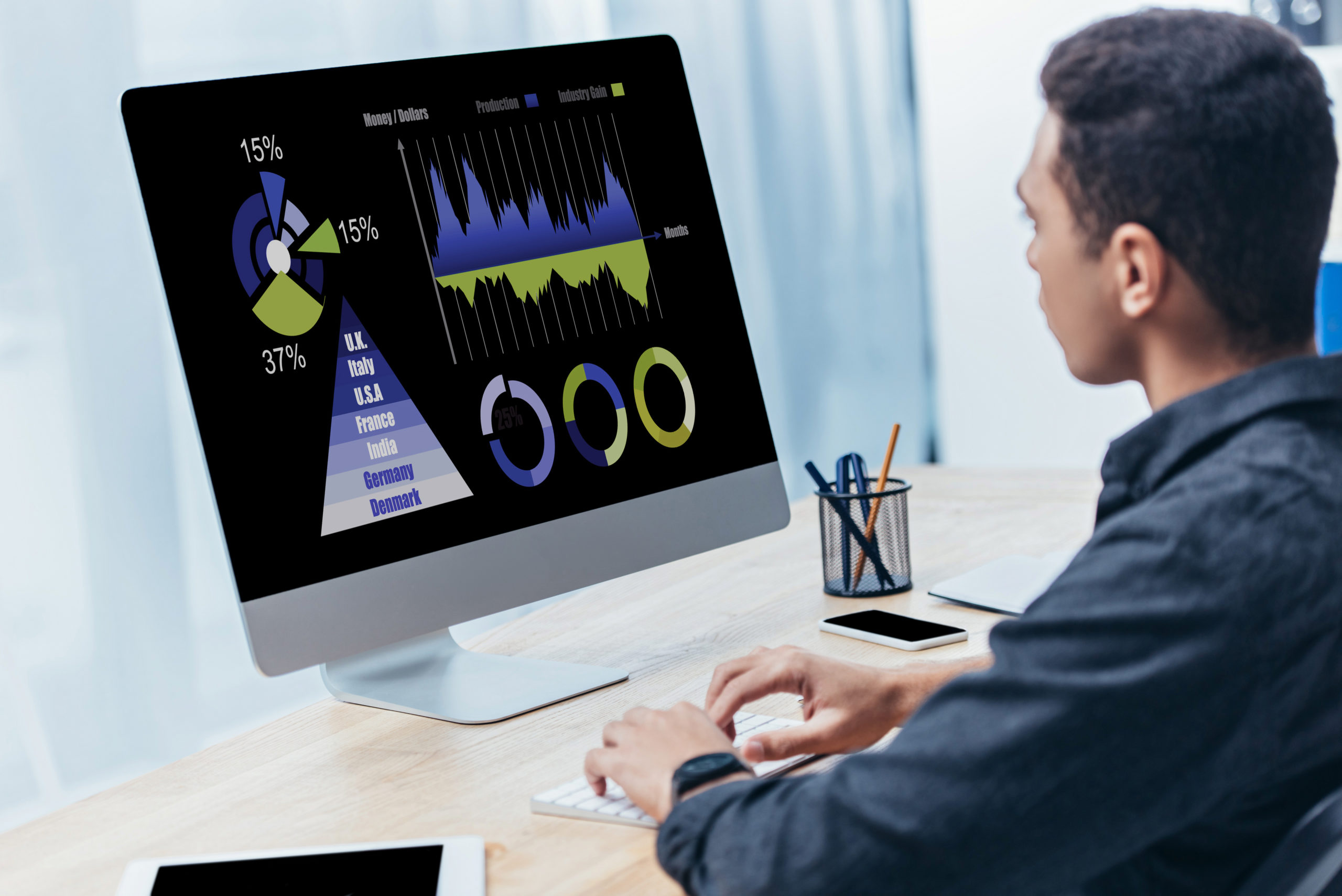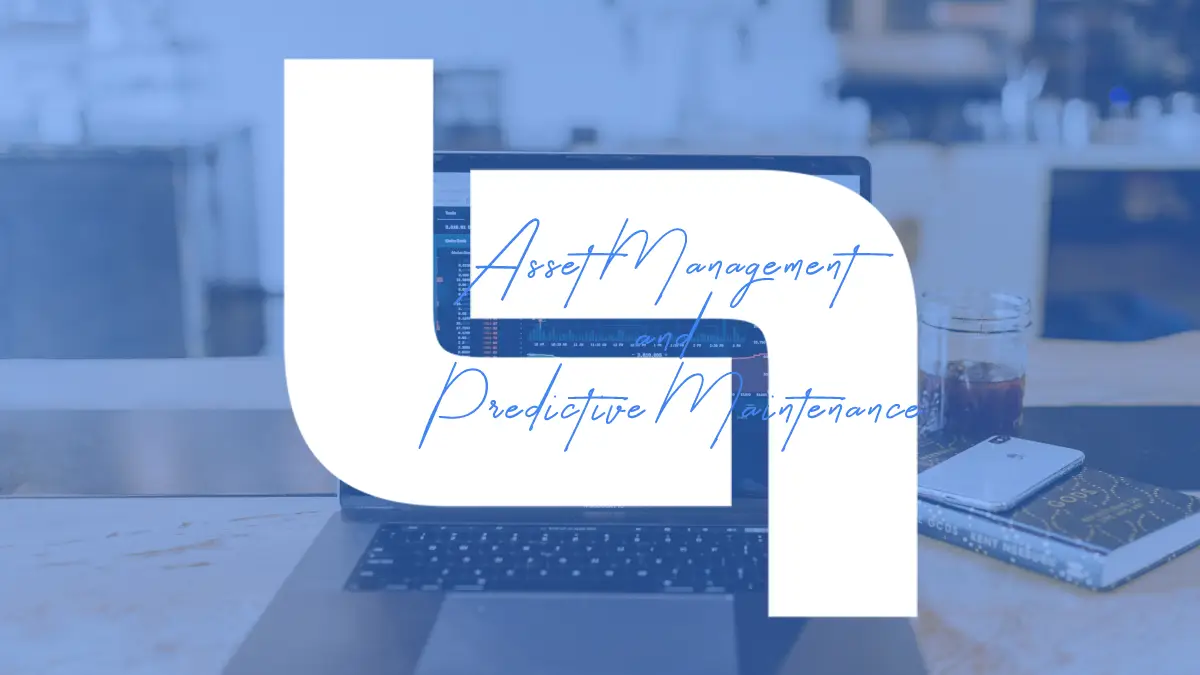The business world is changing rapidly. For decades now, we’ve been in a constant state of flux, with incredible new tech being added to our arsenals every year. Look no further than the asset management and predictive maintenance markets. Did you know that the predictive maintenance industry is projected to swell to $5.5 billion by 2028? This 17% CAGR from 2022 shows how quickly the business world can change.
With the stakes so high – considering the average unplanned downtime of $260,000 per hour – it’s clear that embracing new predictive maintenance and asset management trends isn’t just smart; it’s essential. That’s why we’ve written this article: to ensure that companies can explore how technological evolution is reshaping the market and what that means for the future of business operations.
Internet of Things (IoT)
Have you ever checked the weather on your smartphone and then seen your smart thermostat adjust the room temperature accordingly? That seamless interaction between your home, the Internet, and your heating system – all without lifting a finger – is called the Internet of Things (IoT).
And it’s not just useful for your home, either. It has a world of business implications. Consider, for example, a manufacturing plant where IoT devices monitor machinery in real-time, ensuring that parts are replaced in time or maintained so there is minimal downtime, well before any human could do the same.
By integrating IoT with predictive maintenance, businesses can move from reactive to proactive. Hence, platforms like Llumin CMMS can help businesses seamlessly integrate IoT data into their maintenance processes, enabling them to save money and boost operational efficiency.

Big Data Analytics
Big data analytics is at the heart of every predictive maintenance operation. It’s what allows businesses to shift from traditional, schedule-based maintenance to a more efficient, condition-based approach. By harnessing vast amounts of data from various sources, companies can anticipate failure before it’s even a possibility, ensuring there is no wasted downtime.
The types of data used can range from straightforward performance metrics to nuanced condition indicators, such as ambient environmental factors. However, collecting the data is just the first step. The analysis is really where the magic happens. By paying attention to every little quirk in the metrics, the machine is able to optimize efficiency and productivity in a way that past generations of business owners would have dreamed impossible.
However, this is still an emerging trend in the industry, and over time, big data analytics will improve, becoming more and more correct and allowing for fewer and fewer mistakes. Even though it is a developing field, many companies have already seen major benefits from its implementation.

AI and Machine Learning
Artificial Intelligence or AI has been a buzzword recently, with everyone running around like Chicken Little worried the sky is falling. But if you’re a business owner, you shouldn’t be cautiously eying it up; you should be optimistically thinking of the benefits it can pass onto you.
For starters, AI tools and machine learning are adept at anomaly detection. This means they can sift through mountains of data from assets to pinpoint unusual patterns that might indicate a problem. This might sound like big data analysis, but it’s far more nuanced. AI goes beyond mere data crunching; it learns from the data itself rather than simply using it. This ensures it can learn and adapt, becoming increasingly able to offer actionable insights, optimize operations and safeguard your assets.
Of course, as with any trend, it’s not all sunshine and rainbows. The AI can only be as good as the data you provide it with, so if you have a low-quality, non-diverse data set, you might find it inefficient or struggling to give you reliable insights and predictions. So, before going all in with machine learning, be sure to check if you have enough information for it to chew on.
Digital Twins and Simulation
If the other trends we’ve mentioned come across as sci-fi-esque, then you might not be ready for what a digital twin is. A digital twin is a virtual model of a physical asset or system that mirrors its real-world counterpart in every way possible. These replicas can be used to explore and experiment, testing your assets to learn more about them and to see what you can change to make everything that much more efficient.
However, the true power of digital twins is unleashed by integrating it with IoT and AI tech. By continually feeding real-time data from IoT sensors, businesses can create a dynamic, living model that responds more accurately to how your real assets would. AI algorithms can then analyze the outputted data and identify patterns and anomalies, providing you with predictive insights that allow you to stay one step ahead of potential failures.
While digital twins are particularly useful for predictive maintenance, it’s not the only industry that’s shaking up. Markets across the world, from manufacturing to transportation, are jumping on board and getting to know the potential of this technology. From managing a fleet of vehicles to testing jet engines, digital twins can help keep assets running smoothly and efficiently.
How to Pick Which Trend Is Best for You
There are more trends than the ones we’ve mentioned in this article, and it can be overwhelming trying to figure out which one to invest in. But it doesn’t have to be that hard.
The first thing to do is to consider your industry and the practical applications each trend could have for you. Are you struggling with unplanned downtime? Unsure of how to use data? Answering these questions can help you narrow down which trend might be most relevant for you.
Besides this, you’ll want to consider your budget and resources. Some trends, like IoT and AI, can require significant fiscal investment in hardware, software and expertise, so if you’re working with a smaller budget, a more accessible trend like big data analysis might be more useful.
Don’t be afraid to start small and scale up over time. You don’t have to go all-in on a trend right away. Running a pilot project to test the waters is always a good idea as it ensures you’re not wasting money while checking how the technology fits into your existing processes and systems.
Conclusion
Predictive maintenance and asset management is an industry in a constant state of evolution. While right now, IoT and digital twins might be all the rage, there will likely be something new just beyond the horizon that will shake things up. So, while you should invest in these new trends, you should also always keep an eye out for developing technologies to seize opportunities that may emerge.


